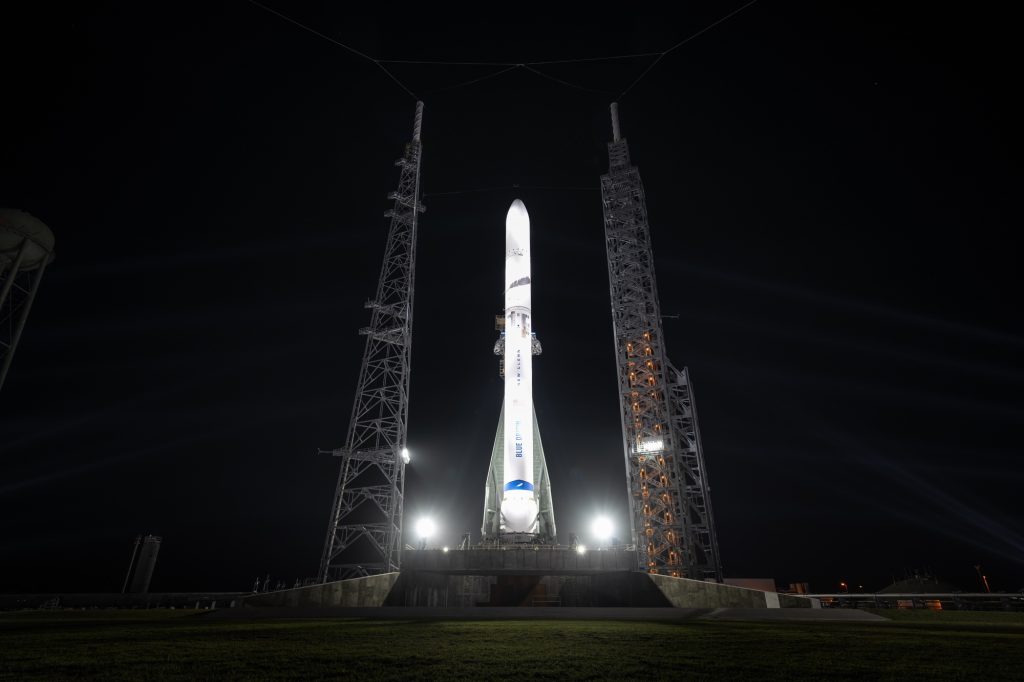WASHINGTON — A NASA small satellite mission to Mars is scheduled to launch in late September on the first flight of Blue Origin’s New Glenn rocket, if the rocket is ready in time.
During a presentation at a meeting of a planetary protection committee of the Committee on Space Research (COSPAR) in London on April 24, Nick Benardini, NASA’s planetary protection officer, mentioned that the Escape and Plasma Acceleration and Dynamics Explorers (ESCAPADE) mission, consisting of two small satellites, is set to launch on September 29. The mission aims to orbit Mars and measure the interaction of the planet’s magnetosphere with the solar wind.
NASA chose Blue Origin’s New Glenn rocket to launch ESCAPADE. The company was given a $20 million task order through the agency’s Venture-Class Acquisition of Dedicated and Rideshare contract in February 2023 for the mission. The award at the time specifically mentioned a late 2024 launch, with the expectation that ESCAPADE would be on one of the first flights of the rocket.
Benardini mentioned ESCAPADE in his COSPAR presentation to discuss how the mission was complying with planetary protection requirements during the assembly of the spacecraft and launch preparations at Cape Canaveral. He stated, “They’re scheduled to be launching Sept. 29 with Blue Origin.”
This is currently the most specific launch date given for the mission, which is expected to be the first flight of New Glenn. A NASA advisory committee meeting last November indicated that the launch would take place in about a year.Other presentations had listed various launch dates between August and November for the mission.
A slide about the status of the ESCAPADE mission, shown during breaks at an April 24 meeting of the Mars Exploration Program Analysis Group, listed a launch date of September 18 to 29 for the mission, adding that it would be on the inaugural flight of New Glenn.
Blue Origin has not officially announced a launch date for the first New Glenn flight, but has expressed the expectation that it will take place this year after several years of delays. In February, Blue Origin rolled out a “pathfinder” model of the rocket to the pad at Cape Canaveral’s Launch Complex 36 for testing purposes.
In a statement from February 21, Blue Origin confirmed that the vehicle used for testing pad infrastructure at Cape Canaveral was real New Glenn hardware, but lacked BE-4 engines in its first stage, and some components of the pathfinder were not flight hardware.









